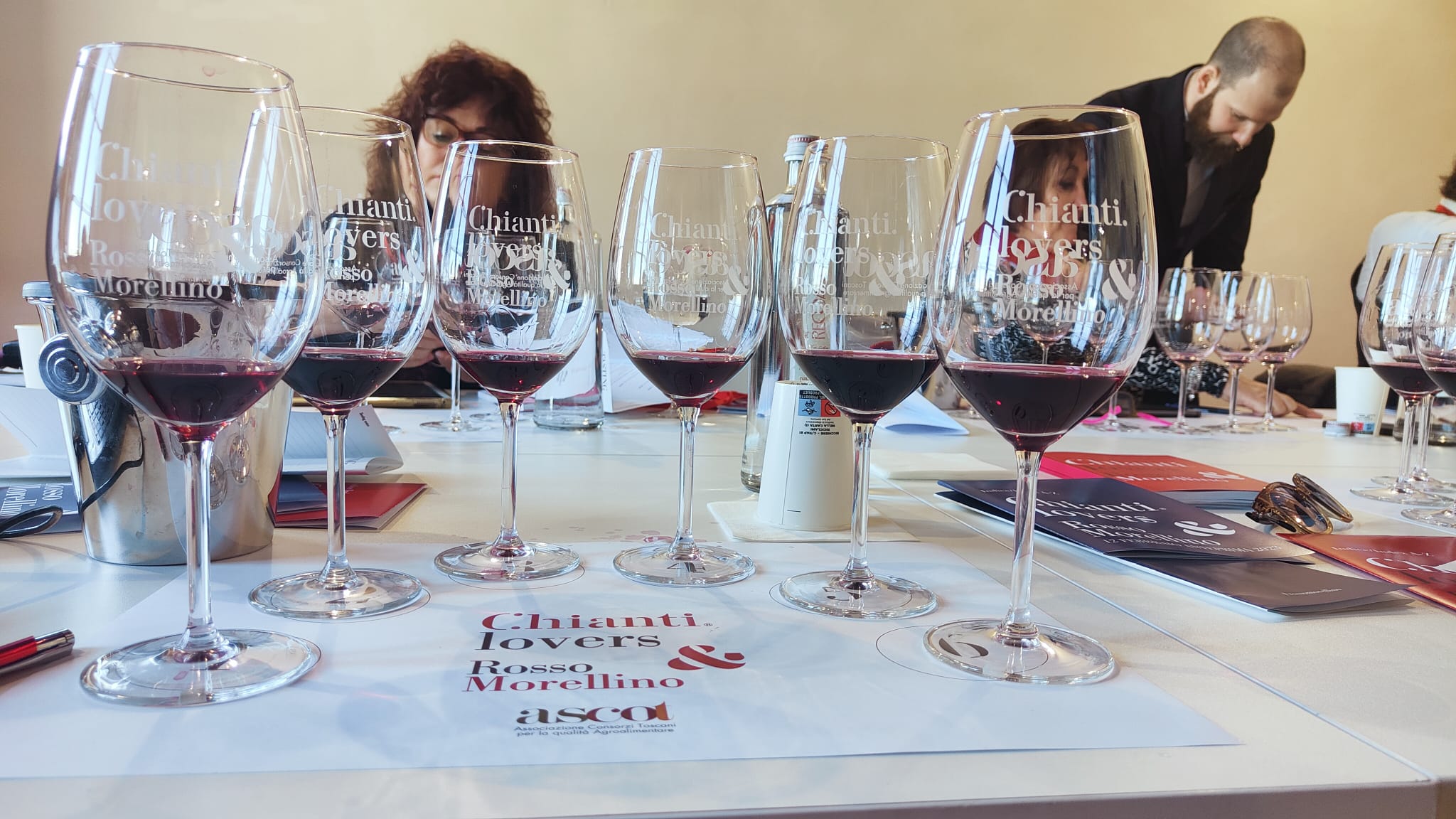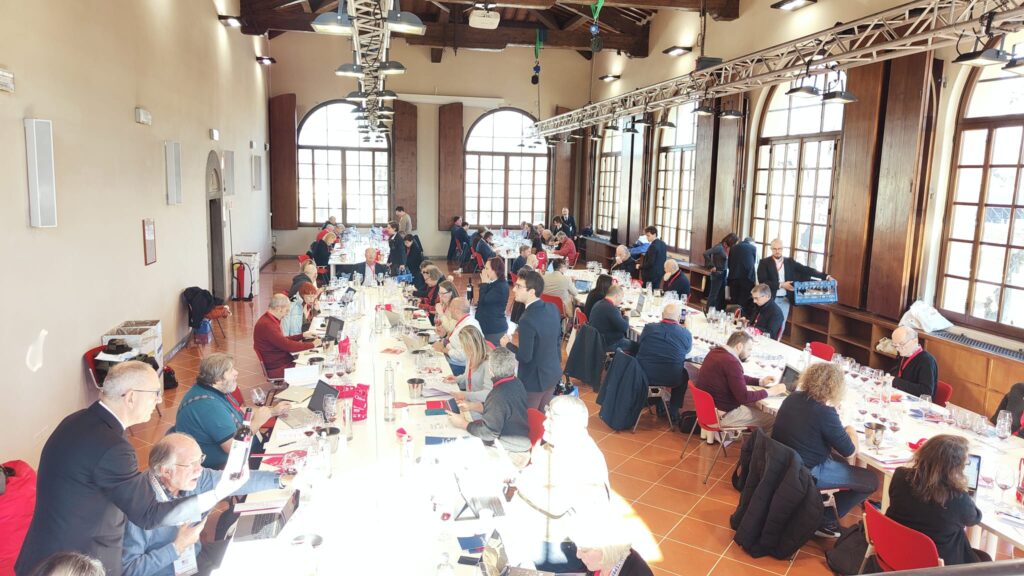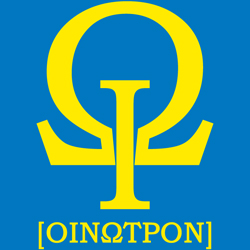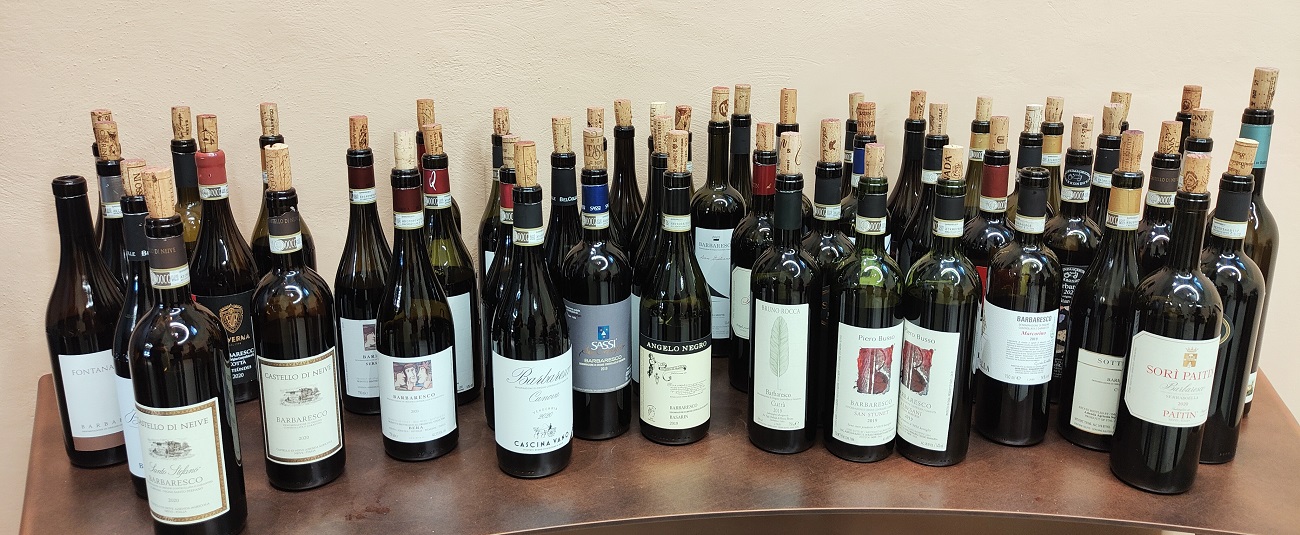
Chianti Lovers & Rosso Morellino 2023 (Anteprime Toscane)
First day of Anteprime Toscane 2023.
I need to write a preface. First of all, I need to write a piece about myself, who am I, where I come from and why I pretend to know so many things about wine (obviously one can never know everything, me included). I actually wrote it on Feb. 23rd 2022, but the next day the War started and I realized that I have to erase 2/3 of the text. I still haven’t had neither time nor especially will to edit it. Maybe later. Second of all, my tasting and rating method(s) need to be explained, and this I will do in the upcoming days and there will be a link here, in this article. Third thing, I’d like to make a general observation on the anteprimas. As we are back to normal, the first to kick off the new wave was Brunello in November 2022. With my passing under new “jurisdiction” (now I am kind of Italian journalist) not all agencies that manage the anteprimas remembered to update my contact details and when I remembered to write myself to the Consortium, there were no more free places, so I missed this one. The “annata” under judgement was the 2018 and I was rather curious to see how the winemakers have managed to “get it” and did they stick to the quite more elegant style that was the major choice for the the 2017 (and is kind of a “response” to the market new fashions)? With 2018 – the “weakest” year of this century so far – it wouldn’t have been difficult to manage. But I read quite controversial statements that my colleagues have published so far. Next, in January, there’s Nebbiolo Prima (Barolo, Barbaresco & Roero) and Grandi Langhe. I missed both on personal choice, I will have more opportunities though to taste the Barbaresco 2020 at the several events that are coming in the future. It’s a pity I couldn’t taste the Barolos 2019, but anyway it’s a huge, great, exceptional vintage, I have no doubts about that. Then, in the beginning of February there was Amarone Opera Prima, where I was not invited once again (see change of jurisdiction) but couldn’t have been present even if I were, anyway. Two things that caught my attention in my colleague’s publications: 1) the Consortium continues the “belated” by the covid vintage presentation and this year Amarone stood up with the 2018. While the actual released vintage is 2020; 2) none the less, the percentage of non bottled wines (barrel samples) at the anteprima rose up;
At Chianti Lovers, where the last vintage of Chianti DOCG & Morellino DOCG wines – the 2022 – was offered for tasting and that can be released in 16 days from now (March 1st 2023) the percentage of the barrel samples were also up. All this goes with the very positive commercial reports that the Consortia publish: in 2022 Tuscany wines showed a 17% growth on their main market (the US, that has a share of 34% in volume & 38% in value of all Tuscany wine exports), +10% in Canada. There was a decrease though on the third market (Germany) and EU in general, the domestic market sales are 10.6% down in volume compared to the 6% of all-Italian wines drop-down. Valpolicella, if I remember well, also reported growing sales. What does this all mean? Sales go up but wineries do not bottle the new vintages? I suppose that the explanation is that the production grew in all the denominations but even the increased sales do not follow this growth. One may say that this is good as the later the wines are released the better for the consumer, as he gets “more ready” wines. But it’s not so for two reasons. First of all, wineries have limited space (usually) and if the sales go slower than production at a certain point problems will start, including economic ones. Second of all, there is some scientific research and as soon as I was informed about it I started “keeping an eye” on the subject. The fact is that the earlier the wines meant to be consumed young (first 3 years after harvest) are bottled the better their quality is preserved (this was especially evident on early and late bottlings of Rosso di Montalcino 2019). One of the sommeliers that was serving the wines today said that no one in Tuscany (he meant the final consumer) wants to pay more than €5 for a bottle of Chianti (and he said Chianti Classico included and that here the general consumer is unaware of the difference between the two like elsewhere in the world). Add to this the global crisis and you’ll understand that difficult times are coming, especially for the winemakers.
That said, I am starting to see the idea behind all the Italian anteprimas getting misty and even lost. While at Bordeaux’s en primeurs the trade and the journalists appreciate the last vintage from casks during the spring that follows, Italian anteprimas used to offer “ready”, bottled wines, that either can be already legally on the market and/or (in the case of Brunello and Chianti) will be there within a month or so. Now what do we taste? Cask samples but up to 5 years away from the vintage? How can we evaluate them if for the most part there usually represent the best barrel but not even close the final blend that will make it to the bottle? What useful information shall I give to the consumer if my notes are mostly for barrel samples to the date of tasting and I haven’t got the faintest idea what he/she will get in the bottle when and if the winemaker decides to bottle the wine?
CHIANTI & MORELLINO DI SCANSANO DOCG
You can read some more general information about the denomination in my last year’s article here, it hasn’t changed a lot recently.
As I’ve said many times, for me the annual Chianti tasting, being the first mass tasting of the last vintage, is very important as it gives an idea about it (the vintage) not only in Chianti and Tuscany but in all Italy (there are of course years with pronounced differences across the denominations but the general vector can be understood at the Chianti tasting). The 2022 was the hottest and the driest year on record by far, I remember Tuscany vintners “burying” the vintage even before it started – that bad the vineyards looked in certain places. So my anxiety to taste the wines was even higher than usual, is it a general “yes” or “no” to 2022? Now I would rather say it’s a “yes”! The wines are much “thicker” than usual (but not cooked, with rare exceptions) with very good structure, mature tannins and acidity much lower than usual (but not in all wines). Obviously in 2022 it was very hard to produce light, ephemeral wines (according to the dominant wine fashion on the market). And – in some cases- to control polyphenol extraction. The wines also showed quite attractive berry & flower profile, in many cases very expressive, open, catchy and even voluptuous. But the main characteristic of 2022 is/will be concentration.
This year the vintages subject to tasting were:
- 2022 for : Chianti, Chianti Colli Aretini, Chianti Colli Senesi, Chianti Montalbano
- 2021 for: Chianti Colli Fiorentini, Chianti Montespertoli, Chianti Rùfina, Chianti Superiore
- 2020 for: Chianti Riserva, Chianti Colli Fiorentini Riserva, Chianti Colli Senesi Riserva, Chianti Montalbano Riserva, Chianti Montespertoli Riserva, Chianti Rùfina Riserva
My overall ratings of the vintages based on the wines tasted are as follows (for comparison I also publish the ratings of the 2 anteprimas before the current):
| vintage | samples | rating | min | max | |
|---|---|---|---|---|---|
| Chianti (and subzones) | 2022 | 38 | 91,1 | 80* | 97 |
| Chianti subzones | 2021 | 10 | 92,0 | 85 | 95* |
| Chianti Riserva | 2020 | 18 | 89,2 | 83 | 95 |
| vintage | samples | rating | min | max | |
|---|---|---|---|---|---|
| Chianti (and subzones) | 2021 | 38 | 88,3 | 80 | 95 |
| Chianti Riserva | 2019 | 12 | 90,4 | 85 | 95 |
| vintage | samples | rating | min | max | |
|---|---|---|---|---|---|
| Chianti (and subzones) | 2020 | 37 | 87,9 | 79 | 95 |
| Chianti Riserva | 2018 | 12 | 91,7 | 79 | 97 |
The two * in the first table mean that there were ratings higher than the stated highest one and lower than the lowest one. If they are for 1 wine only they are usually not included as it may influence the correct perception of the vintage. In this particular case these are the Chianti DOCG 2022 of Podere Alberese, maybe a “natural” wine producer, but the wine was a disaster (65/100). The Chianti DOCG Superiore 2021 of Sensi Vigne e Vini s.r.l. on the other hand hit 98/100. Tasted twice. That doesn’t mean though that it will be the same level with a Barolo or Brunello with the same points, no, not at all. But it means that in terms of quality, impression & perception it stands one head above all the rest that I tasted today.
Some more observations:
- from the 65 samples of Chianti 2022 … none was bottled (!!). In Morellino only one out of 31 presented samples was bottled;
- some of my favorites from last year were missing (like Tenuta Sette Ponti and Spazzavento);
- FRESCOBALDI was also missing! For the first time to my memory (they are one of the main producers in Chianti Rùfina so there absence was strange);
- The other big producers (Melini, Leonardo da Vinci & Piccini) seem to have had a hard vintage (except Piccini that excelled). In the case of Melini the wines seemed “overworked”, I mean a lot of effort has been put in order to bring grapes of completely different technical qualities at harvest to a decent final quality in the blended wine. Leonardo seems to have experimented with carbonic maceration and maybe this was not the right vintage for that (overripe and even baked bananas is hardly what the consumer expects to find in a Chianti);
- There were several new names that I haven’t seen / tasted before like Agricola Francesca, Tenuta Coeli Aula, Fattoria Piccaratico, Fattoria di Doccia, EJAMU di Luppino among others. Some performed very well;
- There were a bit less organic wines (5 against 6 last year) and less “Governo all’uso toscano” too (2 against 3), but both categories performed much better than previous years;
- I tasted 12 wines from Morellino, of which 3 “riservas” 2020. The latter were disappointing, even from my favorites Morisfarms (90/100, highest rating). The “annata” was overall lower in performance than the Chianti, the wines seemed even more concentrated, overextracted with very harsh tannins and unbalanced acidity. I just don’t know who’s the consumer that expects that from a wine made by the sea and released few months after harvest, just before the summer season?
TOP 18 WINE SELECTION OF 2023 (98-94 points)
- Sensi Vigne e Vini Chainti Superiore DOCG 2021
- Cantine Fratelli Bellini Chianti DOCG 2022
- Tamburini Chianti DOCG 2022
- Colle Adimari Governo all’uso toscano Chianti DOCG 2022
- Fattoria Poggio Alloro Chianti DOCG 2022
- Bindi Sergardi Chainti Colli Senesi DOCG 2022
- Fattoria Uccelliera Chainti Superiore DOCG 2021
- Sensi Vigne e Vini Chianti DOCG Riserva 2020
- Casa di Monte Chianti DOCG 2022
- Piccini Chianti DOCG 2022
- Fattoria di Poggiopiano – Galardi Chainti Superiore DOCG 2021
- Fattoria Piccaratico Chainti Superiore DOCG 2021
- Agricola Francesca Chianti DOCG Riserva 2020
- Castello di Poppiano Chianti DOCG 2022
- Bonacchi Chianti DOCG 2022
- Fattoria Selvapiana Chianti Rùfina DOCG 2021
- Campo del Monte Chianti DOCG 2022
- EJAMU di Luppino Chianti DOCG 2022
(for comparison last year’s top)
TOP 9 WINE SELECTION OF 2022 (95-93 points)
- Tenuta San Vito Chianti DOCG 2021
- Tenuta San Vito Chainti Colli Fiorentini DOCG Riserva 2019
- Azienda agraria Spazzavento Chianti DOCG 2021
- Tenuta Casabianca Belsedere Chianti Colli Senesi DOCG Riserva 2019
- Bindi Sergardi Clusium Chianti Colli Senesi DOCG 2021
- Malenchini Chianti Colli Fiorentini DOCG 2020
- Tenuta Sette Ponti Vigna Pallino Chianti DOCG 2021
- Fattoria di Poggiopiano – Galardi Chainti Superiore DOCG 2020
- Tenuta Cantagallo Il Fondatore Chianti Montalbano DOCG Riserva 2019



